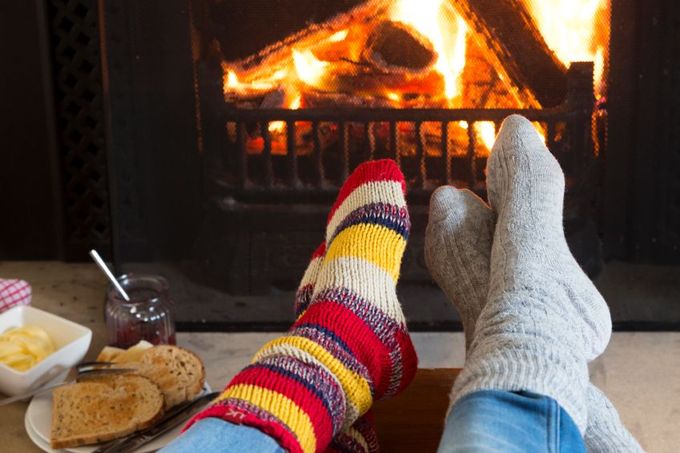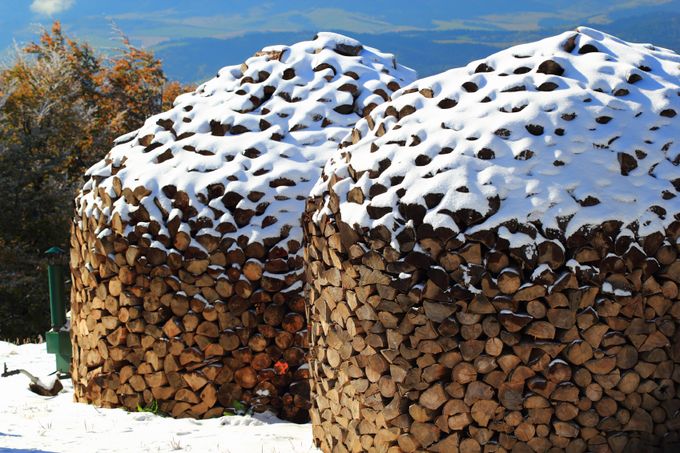
Everyone loves the crackle and pop of an open log fire. So hypnotic. So cosy. So winter. Open fires evoke adventure and a more simple, outdoor life; the whole idea of chopping and stacking wood seems fetishised like never before. Like cabin porn and beards, open fires, axes and pretty wood stacks have firmly been in the preserve of the hipster for a while now.

While Norwegian Wood, Lars Mytting’s book about chopping, stacking and drying wood the Scandinavian way, has been on the global bestseller lists for months. Mytting talks poetically about log fires, including observations on how you can tell a lot about a man from the way he stacks his wood. The sales of the book stretch far beyond its intended native market, and must also far exceed people who own fireplaces.
Though in Norway they do take a love of log fires to the next level and even have slow tv shows, which just show an open fire cracking for eight hours.

